Research Funding cycle: 2016-21
Items of work carried out under the 2016-21 funding cycle
Assessing the effectiveness of Scotland’s public flood warning service
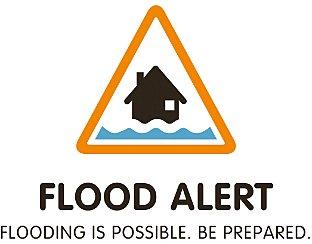
Flood Warnings and Flood Alerts have been offered in Scotland since the 1980s and have become a key element of delivering flood resilience as a response to the threats presented by climate change. High levels of demand have been translated into high levels of customer satisfaction as the delivery of services has spread and have embraced new technologies to better meet the needs of users. The direct messaging service of Floodline was initiated in 2011 and currently has around 25,000 registered
customers. This study was commissioned by SEPA to take stock of the progress which has been achieved.
This research explores the effectiveness of the Floodline service in Scotland by examining the experiences and opinions of users in their own individual contexts – social, flooding history, and geographical.
Evaluating the impact of the Scottish Government funded Community Resilience Development Officer Post
The aim of this study was to evaluate the Scottish Government funded Community Resilience Development Officer post at Education Scotland. The evaluation took place to inform the Scottish Government in terms of planning, and funding for, future posts of this kind. The purpose of the post is to help embed resilience thinking and online resources within the Curriculum for Excellence, i.e.to ensure resilience thinking reaches schools and children. This includes teaching on: the causes of extreme weather; its impact on communities (specifically flooding); and the ways in which individuals and communities can adapt to and mitigate the impact of related emergencies.
The study used qualitative and quantitative empirical data to evaluate both process and impact on adult stakeholders including local authority staff in resilience and education roles. This included interviews in four case study local authorities. The areas were selected to represent variety across Scotland with potentially different resilient issues e.g. urban, rural, coastal, island; but also to examine local authorities which were judged to have different degrees of engagement with the post.
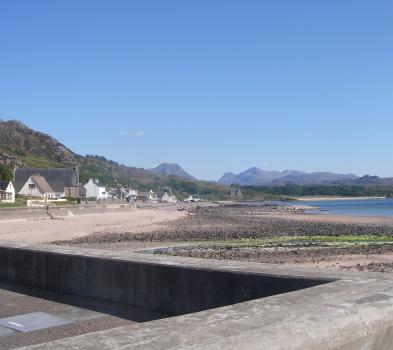
The Coastal Change Assessment creates a shared evidence base to support more sustainable coastal and terrestrial planning decisions in the light of a changing climate. For the first time, all 21000 km of the Scottish shoreline have been analysed to a level of detail never achieved before.
The assessment has established historic coastal change by extracting the georectified coastline position from OS 2nd Edition Country Series maps (1892-1905) and compared it to both the 1970’s and current coastal position (updated by LiDAR datasets where available) to estimate past erosion/accretion rates. Using the historic coastal change rates the coastline position is projected into the future. Using the erosion rates combined with a number of socioeconomic datasets, key assets at risk from future coastal erosion have been identified.
 CRW2014_02 Main report
CRW2014_02 Main report CRW2014_02 National Overview
CRW2014_02 National Overview CRW2014_02 Summary
CRW2014_02 Summary CRW2014_02 Recommendations
CRW2014_02 Recommendations CRW2014_02 Coastal Erosion Policy Context
CRW2014_02 Coastal Erosion Policy Context CRW2014_02 Methodology
CRW2014_02 Methodology CRW2014_02 Vulnerability Assessment
CRW2014_02 Vulnerability Assessment CRW2014_02 Cell 1 - St Abb's Head to Fife Ness
CRW2014_02 Cell 1 - St Abb's Head to Fife Ness CRW2014_02 Cell 2 - Fife Ness to Cairnbulg Point
CRW2014_02 Cell 2 - Fife Ness to Cairnbulg Point CRW2014_02 Cell 3 - Cairnbulg Point to Duncansby Head
CRW2014_02 Cell 3 - Cairnbulg Point to Duncansby Head CRW2014_02 Cell 4 - Duncansby Head to Cape Wrath
CRW2014_02 Cell 4 - Duncansby Head to Cape Wrath CRW2014_02 Cell 5 - Cape Wrath to the Mull of Kintyre
CRW2014_02 Cell 5 - Cape Wrath to the Mull of Kintyre CRW2014_02 Cell 6 - Mull of Kintyre to the Mull of Galloway
CRW2014_02 Cell 6 - Mull of Kintyre to the Mull of Galloway CRW2014_02 Cell 7 - Mull of Galloway to the Inner Solway Firth
CRW2014_02 Cell 7 - Mull of Galloway to the Inner Solway Firth CRW2014_02 Cells 8 and 9 - The Western Isles
CRW2014_02 Cells 8 and 9 - The Western Isles CRW2014_02 Cell 10 - Orkney
CRW2014_02 Cell 10 - Orkney CRW2014_02 Cell 11 - Shetland
CRW2014_02 Cell 11 - Shetland
Practical measures for reducing phosphorus and faecal microbial loads from onsite wastewater treatment system discharges to the environment A review
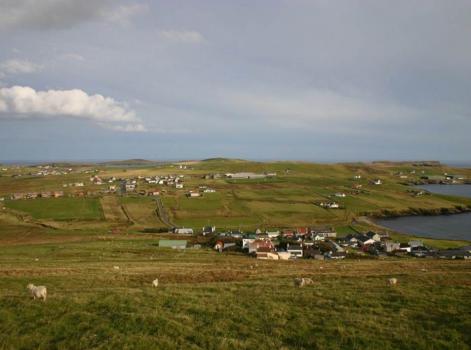
Onsite wastewater treatment systems (OWTS), the majority of which are septic tanks, are a contributing factor to phosphorus and faecal microbial loads. OWTS contribute to waterbodies failing to meet Water Framework Directive (WFD) objectives and as such, measures to improve the quality of OWTS discharges are required. Literature has been reviewed for a range of measures designed to reduce phosphorus and pathogen concentrations in effluent from OWTS. A feasibility assessment focussed on their application, effectiveness, efficiency, cost and ease of adaptation. A wide range of measures have been identified that could potentially improve water quality.
Developing simple indicators to assess the role of soils in determining risks to water quality
This project set out to explore the possibility of producing a set of four risk maps that could be used to determine the risk of diffuse pollution occurring within Scottish agricultural catchments. The key soil-based factors likely to affect water quality were deemed to be:
• Sediment and pollutants being transported to water bodies by erosion events
• Compaction, which reduces infiltration and may exacerbate run-off
• Surface run-off
• Leaching of potential pollutants
Two test catchments were chosen (the Coyle and the East Pow, both sub-catchments of SEPA’s designated priority catchments) as a related project on soil nutrient management was already using these catchments as trial areas.

This project aimed to work with four rural communities to explore engagement around private water supplies (PWS). Approximately 3.4% of the Scottish population uses around 20,000 PWS, predominantly in rural areas (DWQR, 2016). These drinking
water sources may not provide resilience in dry periods. In addition, the quality of PWS is highly variable (DWQR, 2016), posing associated health risks. Failures are often due to poor or unmaintained treatment systems and sources with variable quality
(especially during wet weather events).
To be able to improve PWS, it is necessary to understand how to engage with rural communities around the issue, and this project sought to consider this. The Scottish Government is working towards improving the quality of these supplies and this project is an integral part of that work.
Methods for controlling or eradicating aquatic invasive species
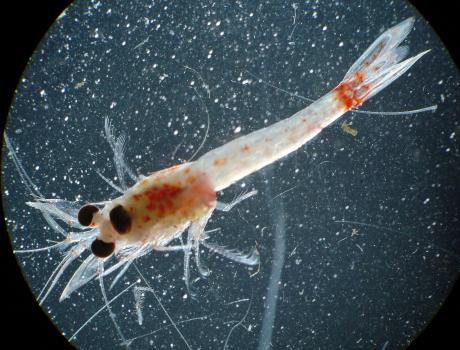
This report covers control measures for 13 high or moderate impact, and one ‘alarm’ species on the UKTAG list that were not covered by the Aldridge report for Natural England. It draws information from published and unpublished literature, listed best practices, technical reports, unpublished reports, project websites and expert knowledge. For each species, a report was written to present essential background information about the ecology and biology of the species. This is followed by a list of invasion pathways and known techniques to limit further spread. The third section lists successful control measures that encompass biological, chemical, physical and environmental approaches. A final section on further research acts to identify potential knowledge gaps.
Water Resource Balancing: Is a closed loop system possible that enables sustainable rural supplies?
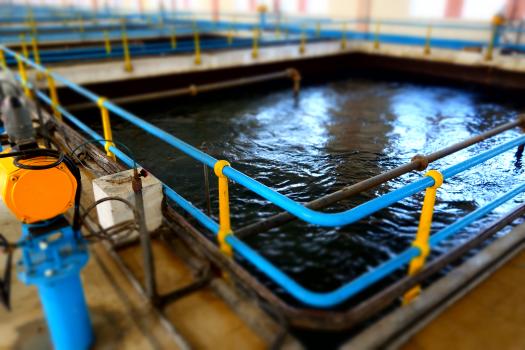
The aim of this work was to carry out a mass balance of energy, nutrients and other potential resources at a range of scales (single house, small community and large urban scale). The focus of the study was on waste water treatment and resource recovery. The study considered whether a closed loop cycle for water and energy was possible in these situations. In doing so, the project team identified technologies, systems and approaches that may need to be adopted to make this possible. Furthermore the project team considered economic factors for selected parameters and approaches as well as taking into account factors such as environmental impact, scalability and life cycle analysis (LCA).
Radon in groundwater drinking water supplies in Scotland
Are radon concentrations in drinking water higher in the high-risk area, where the underlying geology is likely to deliver high radon concentrations in groundwater and indoor-air, than elsewhere in Scotland? What should the minimum allowable radon concentration (parametric value) and action level for remedial action be in drinking water to protect public health from exposure to radon?
This report presents the most recent and comprehensive evidence on radon concentrations in public and private groundwater supplies in Scotland; this evidence is essential for specifying regulations for radon in drinking water in Scotland to protect public health against radon.
Water quality and radon: Implications for Scotland of the provisions and scope of the Council Directive 2013/51/Euratom for radon in drinking water
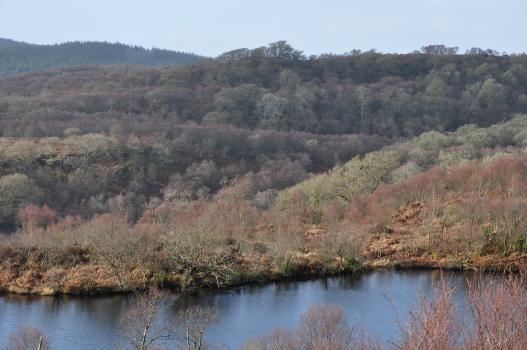
The European Commission published a new Directive under the Euratom Treaty (Council Directive 2013/51/Euratom, hereafter reported as the Directive) laying down requirements for the concentrations of radioactive substances in water intended for human consumption. As part of an on-going review of the implications of the Directive for Scotland, the Drinking Water Quality Regulator commissioned CREW to collate evidence on the presence of radon in drinking water and, create a map of ‘areas of likely high exposure’. The evidence review and risk map will inform whether and where any surveys are required in public and private water supplies to help identify a parametric value and monitoring frequencies for radon in Scotland. The CREW output will be aligned with the results of parallel surveys by the Drinking Water Inspectorate in England and Wales before transposing the new Directive to national legislation in Scotland.




